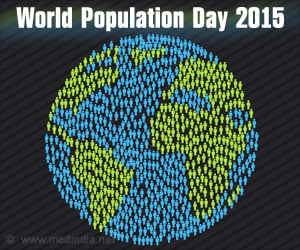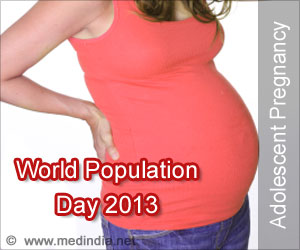Rapid population growth in high-fertility countries can exacerbate a range of existing problems - environmental, health, economic, governmental and social.

John R. Wilmoth, director of the UN's Population Division, said, "India, along with China and Brazil, need to invest some of the benefits of their demographic dividend in the coming decades toward provisions for the older population of the future such as social security, pensions and health care. The probability that world population growth will end within this century to be 23%."
Models of demographic change derived from historical experience suggest that the estimated global population will be between 9.5 and 13.3 billion people in 2100. The primary driver of the global population growth is a projected increase in the population of Africa. The continent's current population of 1.2 billion people is expected to rise to between 3.4 to 5.6 billion people by the end of this century. Wilmoth said, "The continent's population growth is due to persistent high levels of fertility and the recent slowdown in the rate of fertility decline."
The total fertility rate (TFR) has been declining in Africa over the past decade, but it has been doing so at roughly one-quarter of the rate at which it declined in Asia, Latin America and the Caribbean in the 1970s. These results have important policy implications for governments across the globe. Wilmoth said, "Rapid population growth in high-fertility countries can exacerbate a range of existing problems - environmental, health, economic, governmental and social."
Source-IANS









